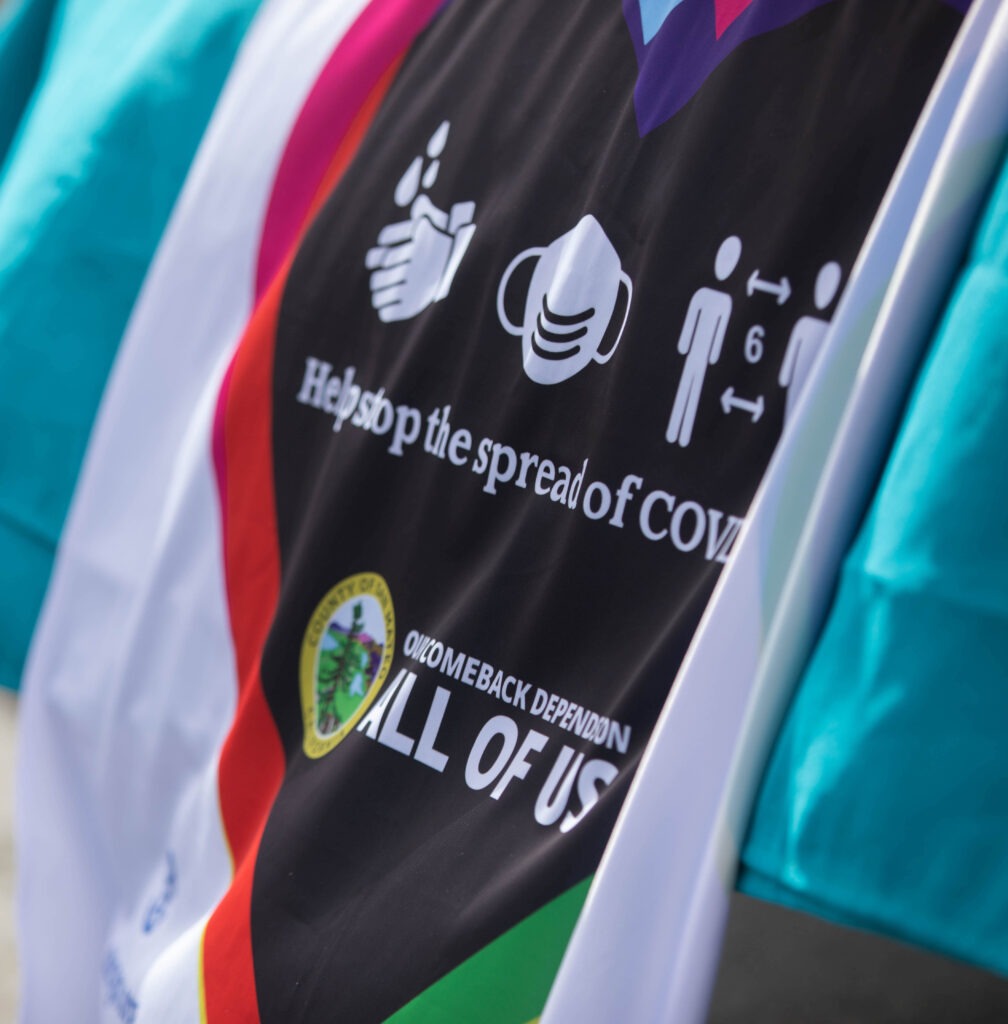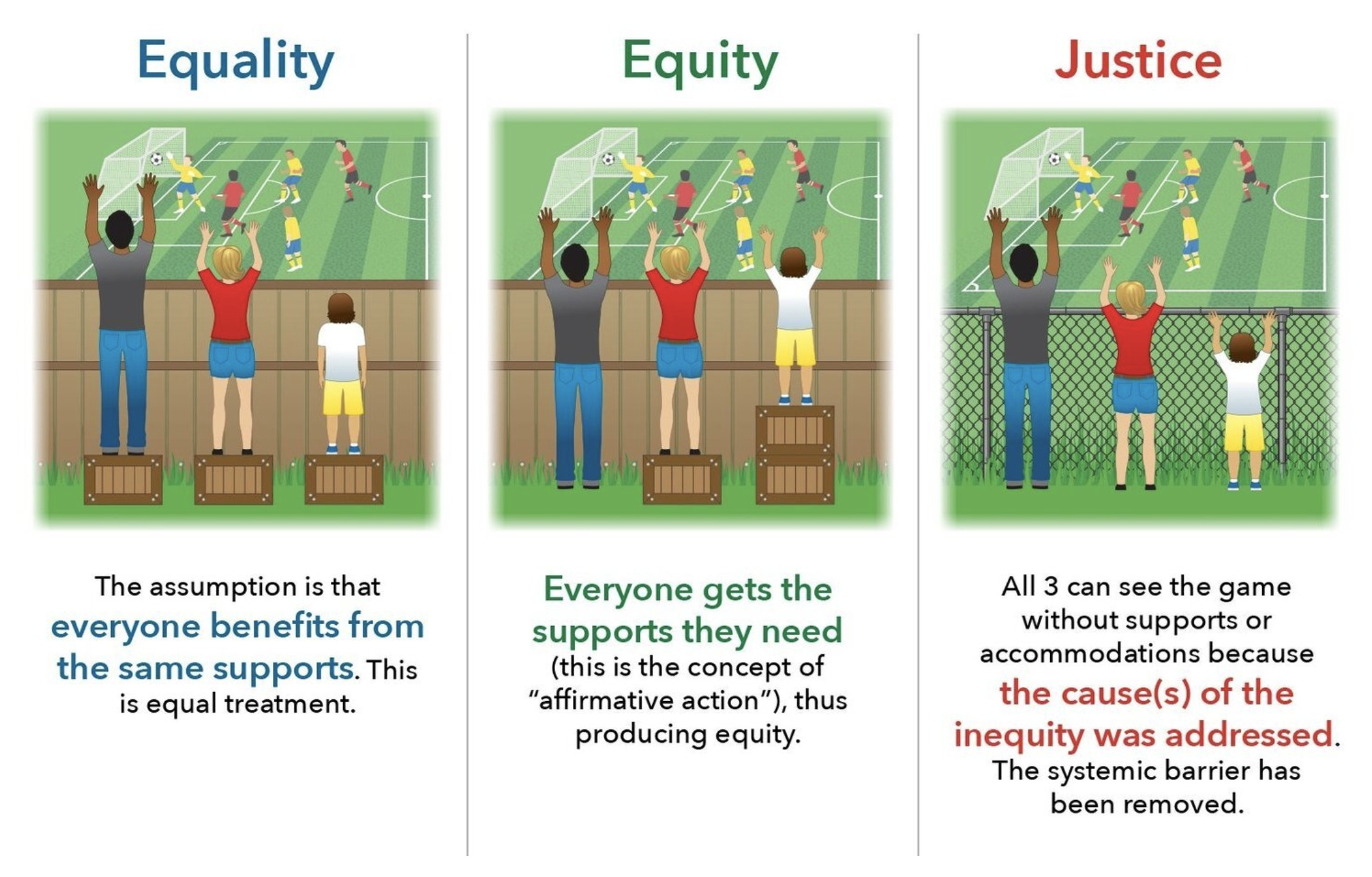
By Miriam Yupanqui
“We are encouraged by the rollout of safe and effective vaccines, but the truth is simple: No person is safe until all—everyone, everywhere—are safe, and no country is safe until all countries are safe. Only by working together can we ensure that no one is left behind.”
– Amina Mohammed, Deputy Secretary-General of the United Nations
I couldn’t agree more with this statement from Amina Mohammed. Everyone, everywhere, must have access to COVID-19 vaccines. We must work together to ensure no one in our communities is left behind. With that, I’d like to share my thoughts on how our local vaccination efforts are going and what we at Nuestra Casa are doing to contribute.
Vaccine rollout efforts everywhere were chaotic initially, which is really no surprise as I look in the rearview mirror. When you start a vaccination campaign for almost 8 billion people globally and 331 million in the United States, who wouldn’t expect a rollout process with some bumps in the road in the beginning? I certainly didn’t expect rollout efforts to be smooth sailing. But I did expect there to be a strong focus on the equity in the distribution of vaccines, especially considering that COVID-19 has ravaged communities of color, impacting their health and financial well-being.
By late January 2021, Native Hawaiian and other Pacific Islander and Latino Californians had the highest age-adjusted rates of COVID-19 infection. Sadly, similar disparities emerged for COVID-19 death rates. A UC Berkeley report underscores COVID-19’s impact on the Latino community. Latino elders comprise 21.8% of the state’s population, yet they account for half of all deaths among Californians aged 65 and over. Looking at San Mateo County data, I saw similar patterns emerge for East Palo Alto and North Fair Oaks. And I hear tragic stories from our program participants, like the 82-year-old mother who recently shared with me that she lost two sons to COVID this past year.
Since the early days of the vaccine rollout, San Mateo County included Nuestra Casa and many other community-based organizations representing vulnerable groups in their Vaccine Communications & Equity Working Group (Working Group). The group meets virtually every week. Through this forum, community-based organizations like ours are updated on rapidly changing health information, vaccine eligibility parameters, and communication strategies. Notably, the County gets our input on their messages, outreach, strategies, and solutions so they can constantly adjust their plans as needed.
My sense was that this was a safe space for sharing unfiltered feedback on what was working and opportunities for improvement for both communications and vaccination events. For example, many working group members shared that our community members could not access some of the larger County vaccination programs, like the SFO Airport and the San Mateo County Event Center clinics.
To their credit, County officials listened and tailored their efforts where necessary. The County shifted away from running large vaccination clinics and toward running regular community-specific efforts in vulnerable neighborhoods. The County now focuses vaccination efforts in targeted community-based vaccine sites in vulnerable communities. These sites include Fair Oaks and Ravenswood Family Health Center, where many of Nuestra Casa’s community members go for care.
Is it working? I do think that the County’s targeted vaccine events, coupled with our targeted outreach efforts, are making a difference. The trend of vaccination rates is going in the right direction and appointments at our local clinics are available. However, we know that overall vaccination rates in East Palo Alto and North Fair Oaks are below that of other San Mateo County cities.
My concern these days is turning to vaccine hesitancy and reaching herd immunity. The County Working Group will more specifically be addressing these issues as we move forward. Our conversations are turning to “What strategies can we use to address concerns community members may have about vaccination?” and “How can we train our community outreach workers to better address fears they hear while out canvassing?”
In addition to San Mateo County funding, we have funds from Silicon Valley Community Foundation to support our community outreach efforts. Nuestra Casa employs many outreach strategies, and we reach thousands of our community members every month. We provide information about COVID prevention and vaccination through our usual outreach channels: Food Distribution events, text messaging, social media posts, and other programs such as Project LIBRE. We maintain a COVID campaign page on our website, which helps us stay current about COVID testing and vaccination efforts. Our promotoras regularly conduct soft-touch outreach efforts through our Food Distribution program and other community events. They share flyers about prevention and vaccination. Our promotoras and staff members also support the County’s door-to-door canvassing efforts. These efforts are effective for connecting with community members who live in hard-to-reach neighborhoods.
My hope is that the lessons learned from all of these efforts will stick. We can’t expect everyone to have the same access to information and medical care, especially during a crisis like this pandemic. One of my favorite viral social media images lately is the graphic that explains equality vs. equity vs. justice (Figure 1). This characterization is just as accurate when it comes to information and medical care. At Nuestra Casa, we feel we are addressing the systemic barriers our community members face. Our work on that front has never felt more vital than it has over the past year.

Credit: There are many variations of this graphic. A Google search for the original artist of this particular image did not produce primary source. In recent years, artist Angus Maguire collaborated with Interaction Institute for Social Change and Center for Story-based Strategy to create a similar image and toolkit available here. We also found an article by the apparent creator of the original graphic cataloging the evolution of the meme, available here.
